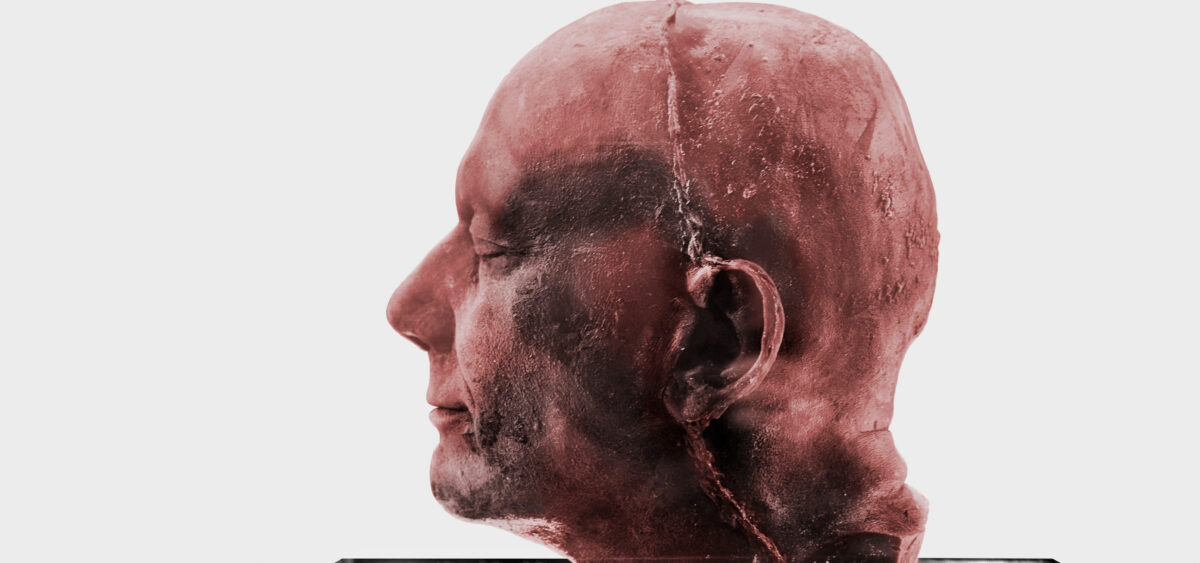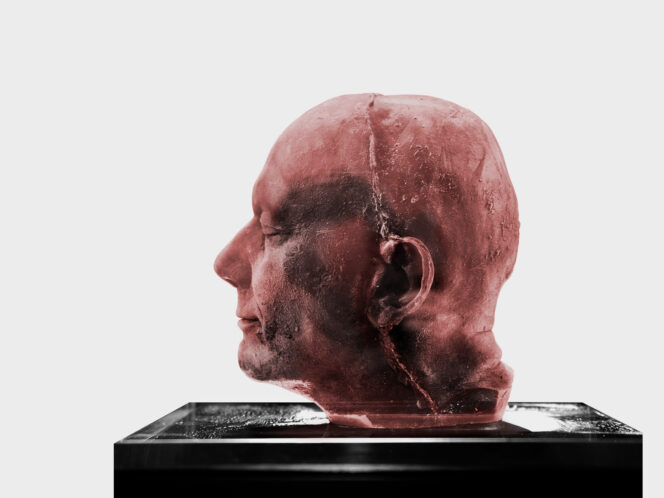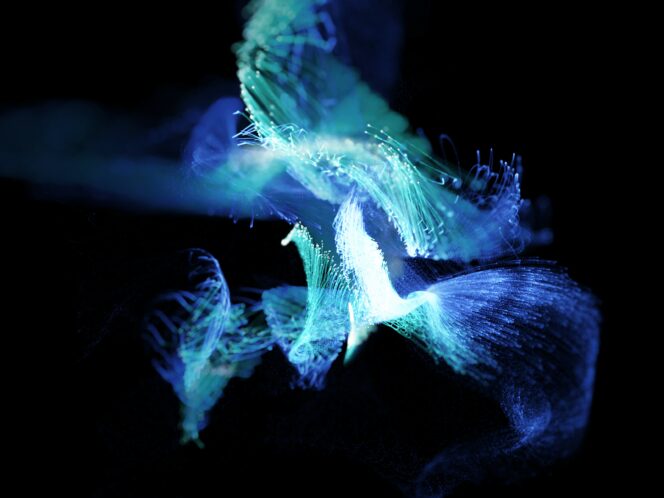
Art and war. No two spheres are at once more alike and more distant from each other. As Russia was amassing troops near the Ukrainian border, I found myself thinking about an artist who made blood into a work of art.
The history of our species is sometimes described as one great escape from the primordial. According to Silicon Valley tech enthusiasts, we have almost managed to break free. Just one more push—the last stretch—and we will enter the transhumanist era. People in this era will really be a different kettle of fish. These beings’ own mothers won’t recognize them, let alone primitive humans.
Others argue that our escape is a sham. Modern representatives of Homo sapiens think they are racing forward, towards progress—while in reality, they are going round in circles, completing tight laps around their own original, primordial essence. It is impossible to run away from oneself. As for me, I am inclined to take a stance somewhere in the middle—we can only move towards transhumanism if we embrace our nature.
A Frozen Self-Portrait
War is one of these old institutions that are impossible








